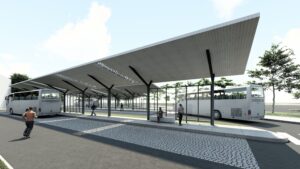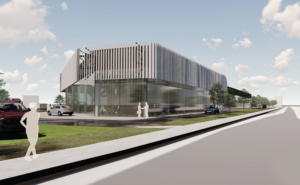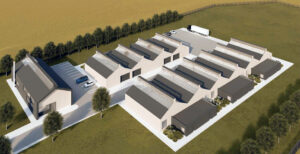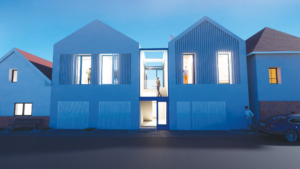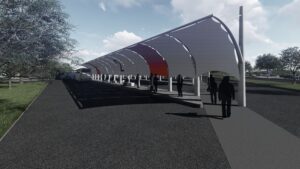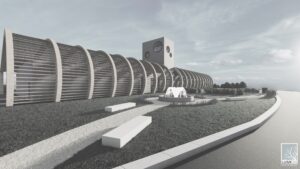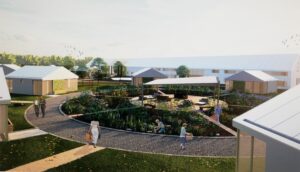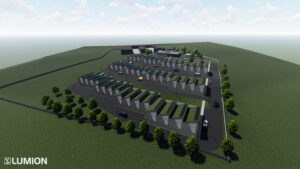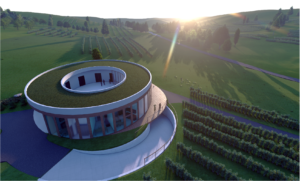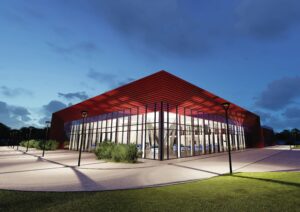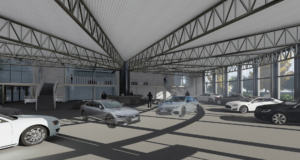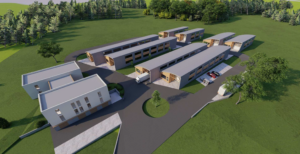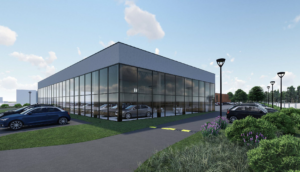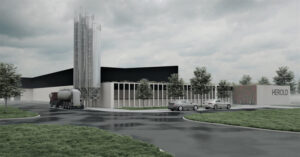Design Studio of Industrial Buildings
According to sociologists, we live in a post-industrial world where the structure of society has changed, and the focus of economies in developed countries is shifting to the tertiary sector. The manufacturing that emerged from the industrial revolution, which has helped the Czech Republic position itself among wealthy and developed countries, is inexorably moving eastward. At the same time, like most EU countries, we are grappling with agricultural overproduction and production quotas that lead to the decline of certain food industries.
In this context, does it make sense to focus on teaching the design of industrial and agricultural buildings in architecture schools? We believe it does.
We are surrounded by an increasing number of products, whether necessary or unnecessary. What is becoming crucial for their use is their moral rather than physical obsolescence. We want to pay for added value, not just materials. Countries that have recognized this and consciously moved away from material- and energy-intensive traditional manufacturing to intelligent technologies and high-tech production have significantly strengthened their positions in the global economy. The automotive, aerospace, space, computing, communication, and unfortunately, also the defense industries now determine success. Our macroeconomic statistics also confirm that the national economy of the Czech Republic, and thus our prosperity, largely depends on industrial results. Agriculture has shifted from merely providing sustenance to maintaining cultural landscapes and ecological balance. Thus, both industrial and agricultural production are not losing significance; their character is just changing.
Architecture graduates are most likely to work in small design offices that must handle all types of construction. Therefore, we try to make a small step toward advancing the design of industrial and agricultural buildings. We believe that production structures primarily based on contemporary technologies are governed by a specific methodology at the level of functional systems within the city, production unit, building, and its internal environment. This methodology differs from other types of construction, and students should be familiar with it. In this way, we hope to contribute to completing the mosaic of their universal education.
